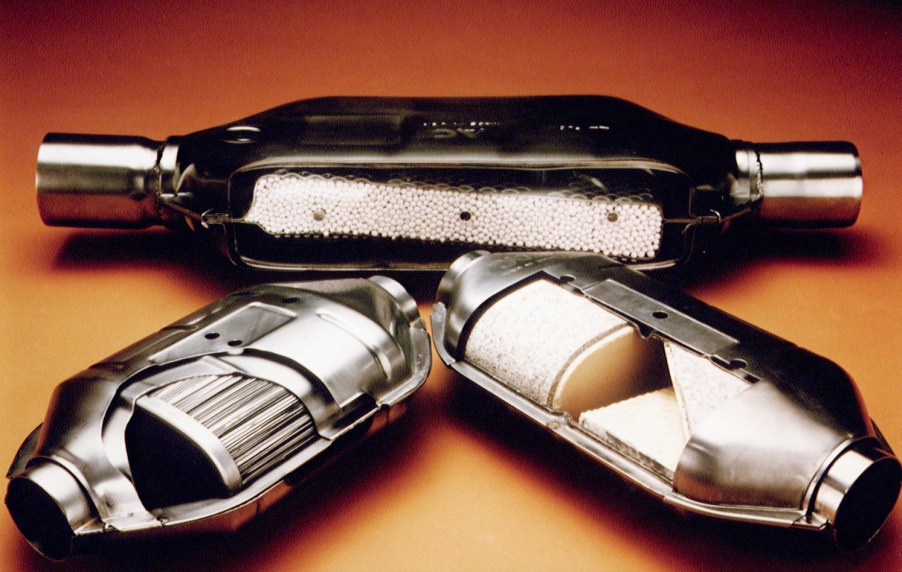
How to Get Your 1970s Muscle Car to Pass Smog
Muscle cars from the late 1970s may be less desirable than their siblings from 1975 or earlier, often due to smog requirements. In California, for instance, a car must pass rigorous inspections for emissions equipment. The older the vehicle is, the more likely it needs new smog equipment, which is expensive, and that can deter potential late 1970s muscle car buyers. If there’s a muscle car you want that you’re avoiding because of its model year, don’t worry as there are solutions to the smog problem. It’s pretty simple, and there are only a few key components to keep in mind.
A factory service manual will tell you everything
The first thing you need to do to make your late 1970s muscle car smog legal is to buy a factory service manual. A service manual will say what smog equipment was on the vehicle from the factory, including part numbers. From there, you can take the part numbers to a local dealer, and they may be able to track down some parts, or you can take it to a smog shop, and they may be able to recommend some solutions.
Buy new smog equipment

Parts stores like O’Reilly Auto have several pieces of smog equipment for sale. Most of it isn’t terribly expensive, but big-ticket items like the smog pump and catalytic converters will cost more. Getting the factory service manual will tell you everything you need to know about your car’s smog equipment. Most muscle cars from the late 1970s (if not all) will have carburetors, which means you may be able to lean out the fuel mixture to pass emissions after you replace all of the equipment.
CARB-legal exhausts exist for old muscle cars

Emissions-friendly exhaust systems were developed for decades before they found their way into production cars, and the equipment wasn’t widespread and mandated until the 1970s. Catalytic converters not only hamper the performance of big V8s, but they can also be horrifically expensive, especially in California. Luckily aftermarket shops make catalytic converters and sometimes complete carb-legal performance exhaust systems. Because of the platinum inside, catalytic converters can cost upwards of $1,000 each and are frequently stolen. They aren’t always expensive, though. Catalytic converters for a 1976 Ford Mustang II, for instance, cost about $220 per unit from O’Reilly Auto.
Give your engine a tune-up with its new smog equipment

Maximize your chances of passing smog by getting a tune-up. That means spark plugs, wires, and an oil change. Rebuilding and tuning your carburetor also helps, though rebuilding a carburetor is much more complicated than running a few hoses for smog equipment. Some owners of old cars suggest making sure the car has a proper thermostat, as a catalytic converter is much less efficient at lower temperatures, according to Science Daily. Passing smog can also be contingent on warming the car up for 10-15 minutes before getting tested.
Don’t give up hope
Smog equipment is expensive, but the point is it’s possible to get a post-1975 muscle car to pass smog. In the end, it’s worth the trouble to not worry about the consequences of driving a car that isn’t street legal. Smog-exempt muscle cars have become more coveted, so it may be more difficult to track one down for a reasonable price. In that case, a smog-legal muscle car is a viable option. New smog equipment lasts decades, so you only go through this process once. You can also try swapping the engine as a last resort.


